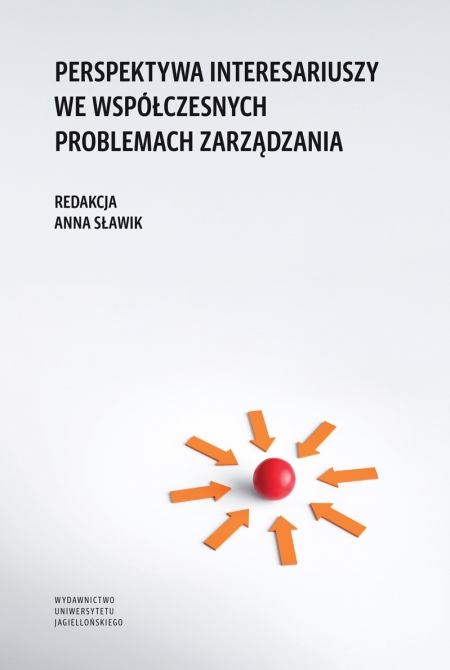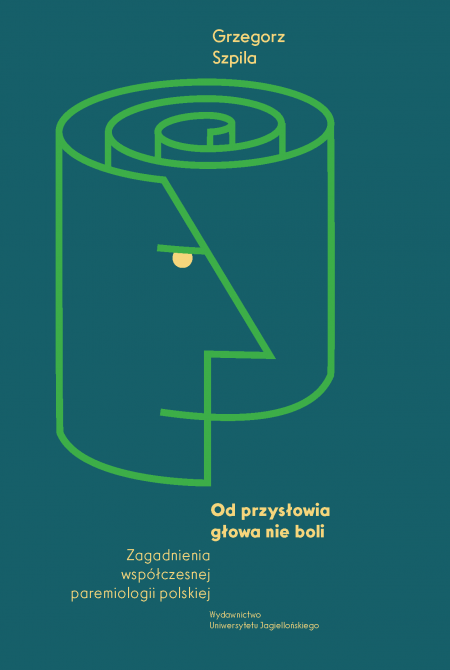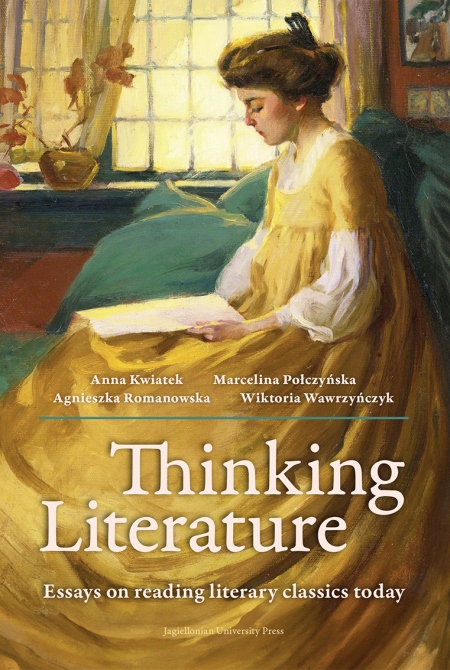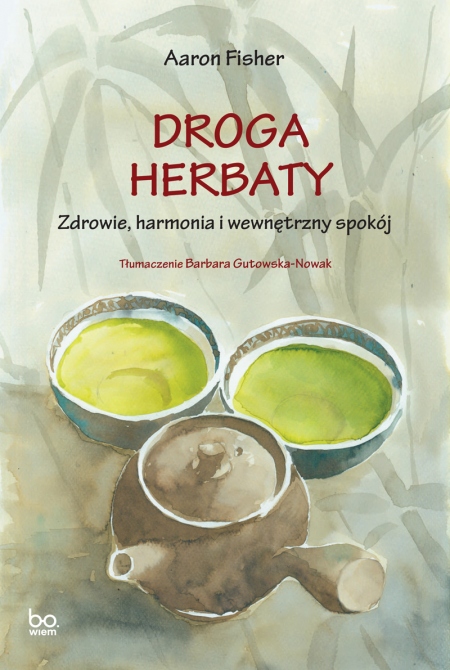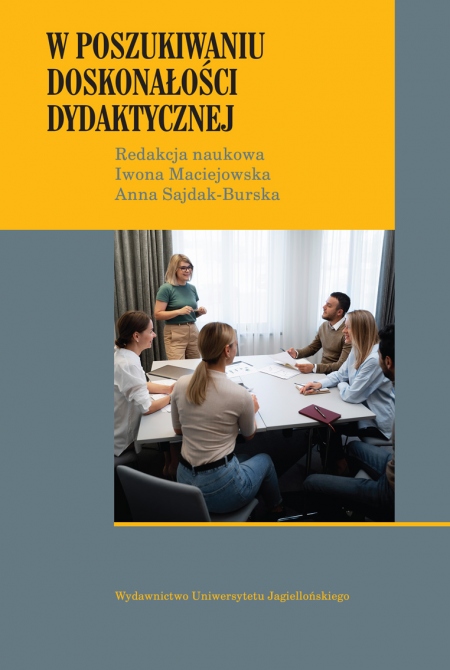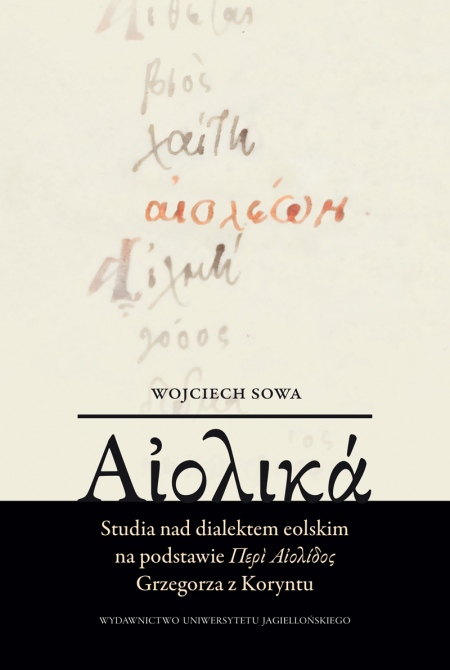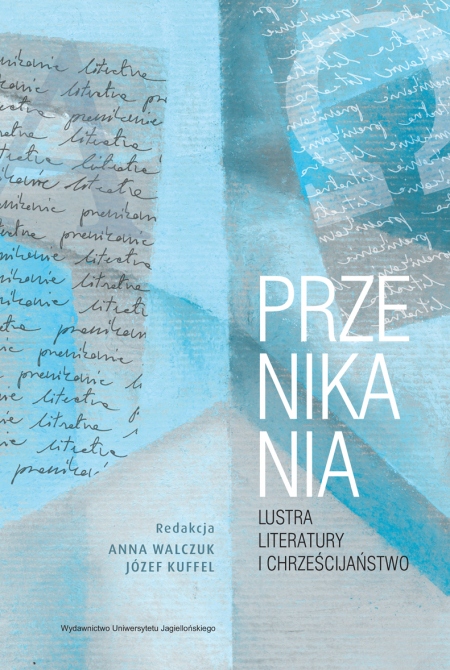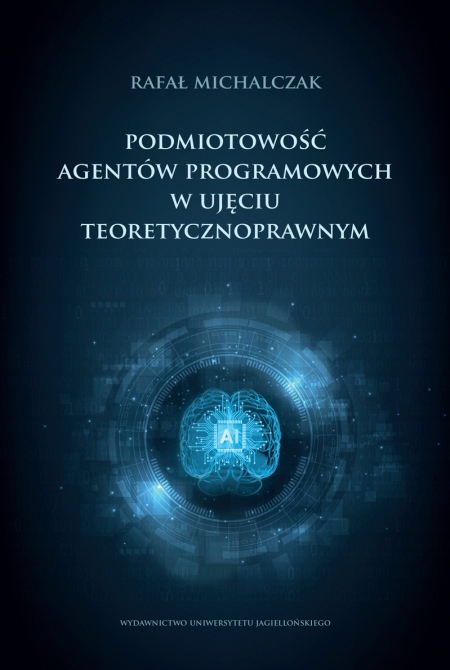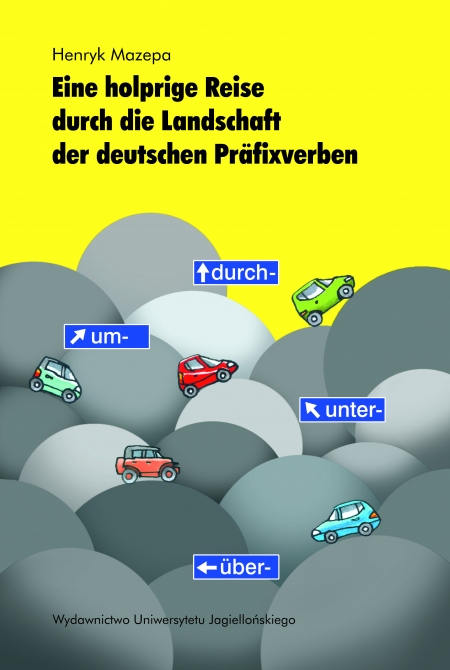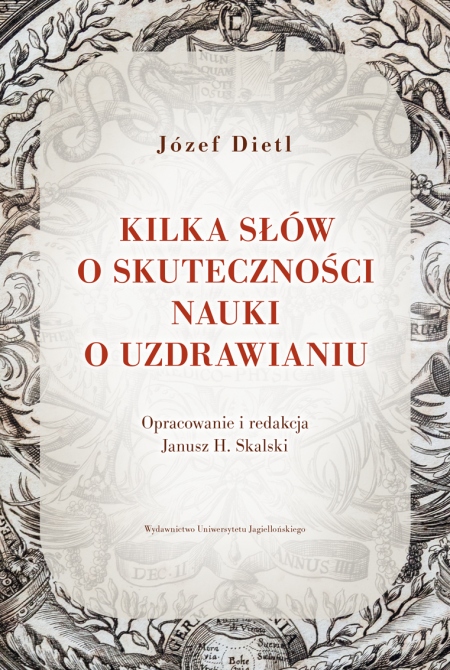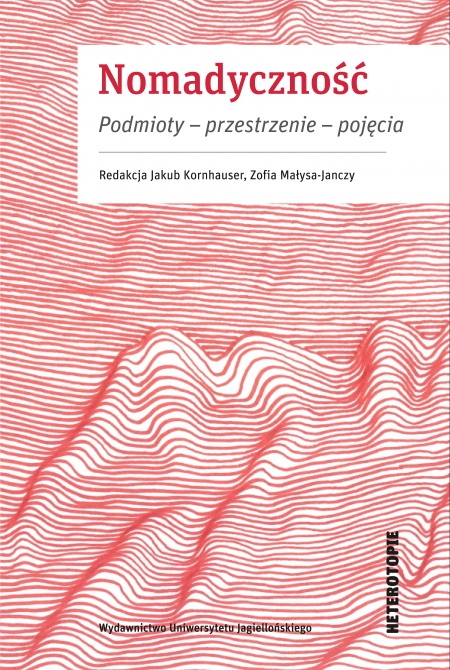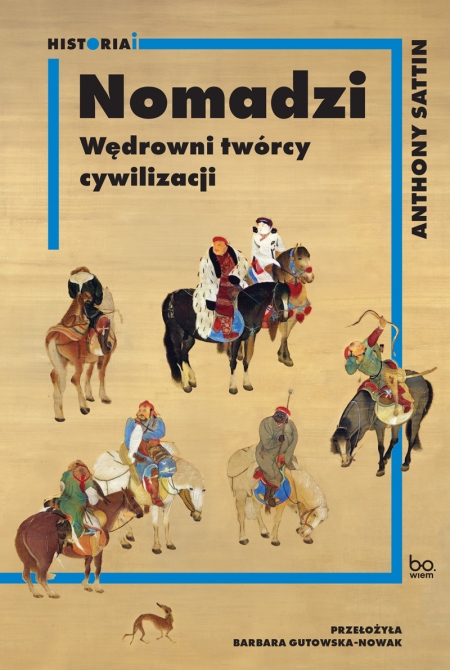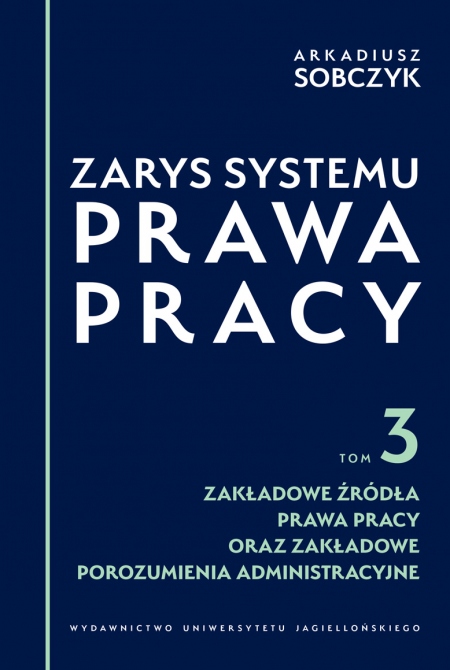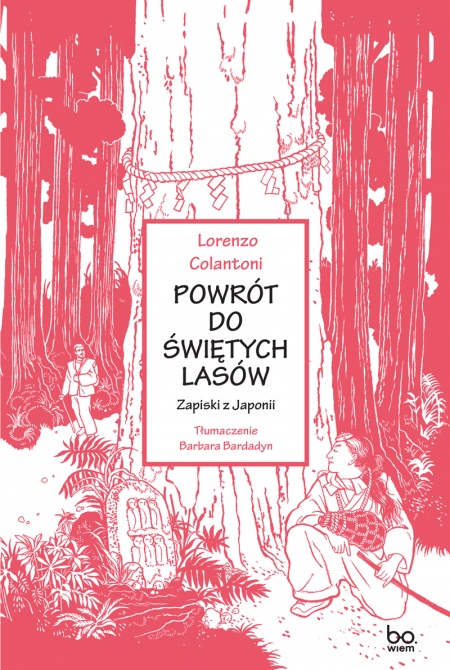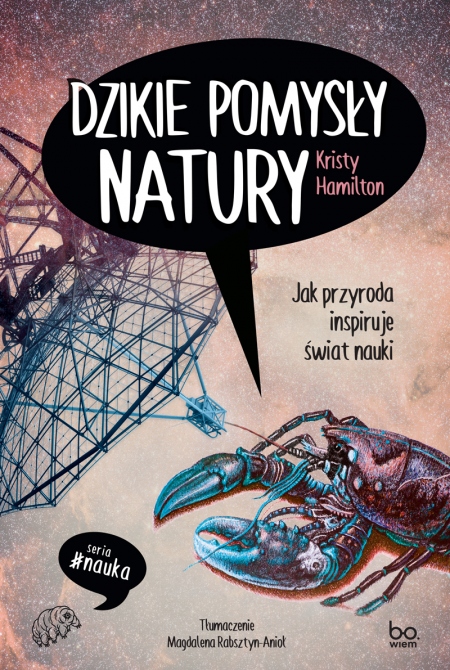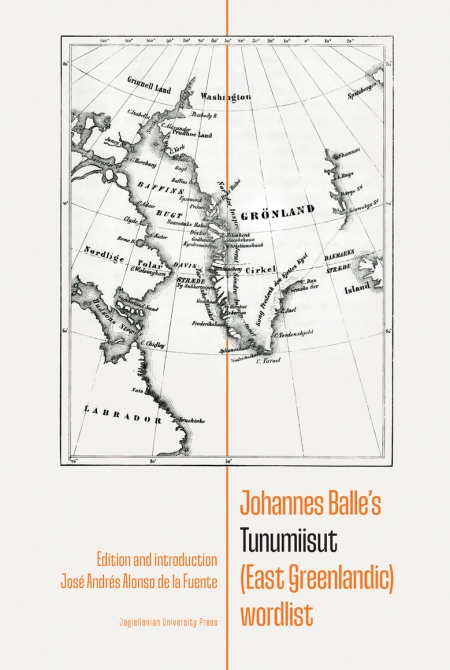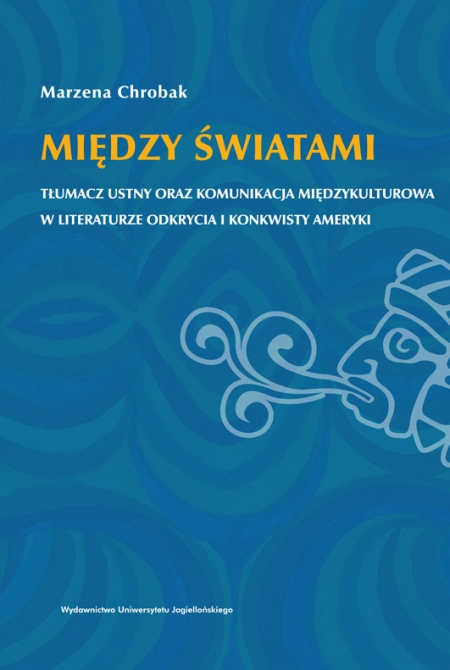
Between Worlds
The Interpreter and Intercultural Communication in the Literature of the Discovery and Conquest of America
Pages: 292
Book format: B5
Publication date: 2012
Publication date: 02.04.2012
E-book publication date: 13.07.2021
Book description
The discovery, conquest and colonization of America by several European nations: the Italians, the Spaniards, the Portuguese, the French and the English, constituted a meeting of micro- and macroworlds, a confrontation of technologies, intellects and mentalities, a military and cognitive adventure, an exchange of resources, people and information. In this confrontation the Stronger destroyed the world of the Weaker and created the New World on the rubble which remained. During the first contacts between the Europeans and the Indians, ‘hands were employed instead of tongues’, however, a group of linguistic mediators of the natural kind was quickly formed, whose predispositions and experience had to replace any translation training. Recruited by either force or persuasion, they worked in physically and mentally difficult conditions, constantly exposed to violence and putting their lives at risk. Although they were indispensible in the communication process in the long haul, they remained unnoticed by the majority of historiographers and only sporadically appear in the literature of the discovery and conquest of America, that is, in letters, discourses, reports and chronicles recorded at the end of the 15th and in the 16th century.
This book contains the results of research conducted for over ten years with the aim of gathering, sorting, analysing and synthesizing the knowledge on interpretation and other forms of lingustic and intercultural communication during the period mentioned above. The author built and analysed a corpus of source texts containing information on the interpreter and examples of interpreting or communication situations, she outlined the image of the interpreter contained within those texts and she attempted to recreate his figure in accordance with modern day knowledge of the process of interpretation. This type of research was conducted by historians of literature, culture, communication and translation coming from all the states involved (former metropolies and former colonies) but in none of those countries no compendium was formed which would cover the history of the interpretation in the whole of the New World. The span of the subject: the communication experiences of five European nations talking to the inhabitants of two continents, over seventy source texts and eleven iconographic documents, gives this work a pioneering character.
The communication methods applied at the end of the 15th century were developed over the hundreds of years of contact between the inhabitants of Europe, Africa and Asia. The author therefore precedes the history of interpreters of the discovery and conquest of America by a history of interpretation (wartime, diplomatic, commercial, religious, during voyages of discovery) in the Mediterranean and in Romance countries since ancient times up to the end of the Middle Ages, according to historical texts and historical literature (accounts, chronicles, epics etc.). Less detailed and to a greater extent based on existing studies of the subject, this part also has an innovative character: it is perhaps the first outline of the history of interpreting for the area mentioned which includes in a systematic manner such numerous variations of this form of communication.
Some interpreters of discovery and conquest moved to ‘another dimension of being’: to literary fiction. In the third historico-analytical and comparative part of the book, the author researched the motive of intercultural communication in the period of discovery and conquest of America and the figure of the interpreter in that period, in Spanish, French and Latin American fiction, starting with Siglo de Oro up to postmodernism, from the comedies of Lope de Vega through Peruvian folk theatre to twentieth century Mexican farces, from sixteenth century epics to philosophical and fantasy novels. Whilst researching the way the interpreter was presented in fictional works, the author realised the stipulations of translation scholars such as J. Baigorri, G.L. Bastin, M. Cronin, convinced of the purposefulness of supplementing the documentary image of the interpreter with his image in the collective imagination.
The title of the book refers to the famous biographical work of F. Karttunen, Between Worlds: Guides, Interpreters and Survivors, expresses the atuhor’s deep belief that interpreters from all countries and all eras have one thing in common: they stand between worlds. Several factors determine whether they are the bridges, windows or walls for those worlds.
The table of contents provides detailed information on the subjects broached in the book:
Introduction
I. Interpreters and Intercultural Communication in the Mediterranean from the beginnings of the civilization to the end of the Middle Ages
1. First civilizations
2. Interpreters of the Antiquity and the Fortune
3. Middle Ages
3.1. General linguistic panorama
3.2. Knights and interpreters
3.3. The nation of interpreters
3.4. Money’s love makes you polyglot
3.5. Interpreters of God’s Word
3.6. Pilgrims’ interpreters
3.7. Out of the oikoumene. Interpreters of the Portuguese explorers
II. Figure of the Interpreter and Intercultural Communication during the Discovery and the Conquest of America according to the historical sources
Prologue. Five hundred years before
1. Interpreters of the Admiral
2. Interpreters of the Conquerors
2.1. The West Indies, Venezuela, New Granada. Kidnapped languages
2.2. Malinche, or ten bronze guns
2.2.1.The conquest of Mexico
2.2.2.The conversation that changed the world’s history
2.2.3 Malinche in the accounts of those who won
2.2.4 Malinche in the accounts of those who lost
2.2.5 Malinche in the painted books
2.3. Interpreters from Tawantinsuyu
2.4. At the frontiers of the Empire
3. Interpreters of the Explorers
3.1. The Portuguese on the Land of the Cross and Parrots
3.2. La Nouvelle France Occidentale, la France Antarctique, la France Septentrionale
3.2.1 After twenty moons
3.2.2 Brothers from the Canada river
3.2.3 “Truchements de Normandie” in Brasil
3.2.4 Florida. Among the Heretics and the Murderers
3.3. Her Majesty’s agents
3.3.1 The Far North and the Far South
3.3.2 Sir Walter Raleigh’s interpreters
III. The figure of the interpreter and the motive of the communication during the discovery and the conquest of America in the European and Latin American fiction from the 16th to the 21st centuries
1.In the verse of Siglo de Oro: epics and drama
2.Malinche, or the putting in order the memory in Mexican drama
3.New Historical Fiction
3.1. Malinche... and the others
3.2. The View from Afar. French novel
Conclusion
Bibliography
This book contains the results of research conducted for over ten years with the aim of gathering, sorting, analysing and synthesizing the knowledge on interpretation and other forms of lingustic and intercultural communication during the period mentioned above. The author built and analysed a corpus of source texts containing information on the interpreter and examples of interpreting or communication situations, she outlined the image of the interpreter contained within those texts and she attempted to recreate his figure in accordance with modern day knowledge of the process of interpretation. This type of research was conducted by historians of literature, culture, communication and translation coming from all the states involved (former metropolies and former colonies) but in none of those countries no compendium was formed which would cover the history of the interpretation in the whole of the New World. The span of the subject: the communication experiences of five European nations talking to the inhabitants of two continents, over seventy source texts and eleven iconographic documents, gives this work a pioneering character.
The communication methods applied at the end of the 15th century were developed over the hundreds of years of contact between the inhabitants of Europe, Africa and Asia. The author therefore precedes the history of interpreters of the discovery and conquest of America by a history of interpretation (wartime, diplomatic, commercial, religious, during voyages of discovery) in the Mediterranean and in Romance countries since ancient times up to the end of the Middle Ages, according to historical texts and historical literature (accounts, chronicles, epics etc.). Less detailed and to a greater extent based on existing studies of the subject, this part also has an innovative character: it is perhaps the first outline of the history of interpreting for the area mentioned which includes in a systematic manner such numerous variations of this form of communication.
Some interpreters of discovery and conquest moved to ‘another dimension of being’: to literary fiction. In the third historico-analytical and comparative part of the book, the author researched the motive of intercultural communication in the period of discovery and conquest of America and the figure of the interpreter in that period, in Spanish, French and Latin American fiction, starting with Siglo de Oro up to postmodernism, from the comedies of Lope de Vega through Peruvian folk theatre to twentieth century Mexican farces, from sixteenth century epics to philosophical and fantasy novels. Whilst researching the way the interpreter was presented in fictional works, the author realised the stipulations of translation scholars such as J. Baigorri, G.L. Bastin, M. Cronin, convinced of the purposefulness of supplementing the documentary image of the interpreter with his image in the collective imagination.
The title of the book refers to the famous biographical work of F. Karttunen, Between Worlds: Guides, Interpreters and Survivors, expresses the atuhor’s deep belief that interpreters from all countries and all eras have one thing in common: they stand between worlds. Several factors determine whether they are the bridges, windows or walls for those worlds.
The table of contents provides detailed information on the subjects broached in the book:
Introduction
I. Interpreters and Intercultural Communication in the Mediterranean from the beginnings of the civilization to the end of the Middle Ages
1. First civilizations
2. Interpreters of the Antiquity and the Fortune
3. Middle Ages
3.1. General linguistic panorama
3.2. Knights and interpreters
3.3. The nation of interpreters
3.4. Money’s love makes you polyglot
3.5. Interpreters of God’s Word
3.6. Pilgrims’ interpreters
3.7. Out of the oikoumene. Interpreters of the Portuguese explorers
II. Figure of the Interpreter and Intercultural Communication during the Discovery and the Conquest of America according to the historical sources
Prologue. Five hundred years before
1. Interpreters of the Admiral
2. Interpreters of the Conquerors
2.1. The West Indies, Venezuela, New Granada. Kidnapped languages
2.2. Malinche, or ten bronze guns
2.2.1.The conquest of Mexico
2.2.2.The conversation that changed the world’s history
2.2.3 Malinche in the accounts of those who won
2.2.4 Malinche in the accounts of those who lost
2.2.5 Malinche in the painted books
2.3. Interpreters from Tawantinsuyu
2.4. At the frontiers of the Empire
3. Interpreters of the Explorers
3.1. The Portuguese on the Land of the Cross and Parrots
3.2. La Nouvelle France Occidentale, la France Antarctique, la France Septentrionale
3.2.1 After twenty moons
3.2.2 Brothers from the Canada river
3.2.3 “Truchements de Normandie” in Brasil
3.2.4 Florida. Among the Heretics and the Murderers
3.3. Her Majesty’s agents
3.3.1 The Far North and the Far South
3.3.2 Sir Walter Raleigh’s interpreters
III. The figure of the interpreter and the motive of the communication during the discovery and the conquest of America in the European and Latin American fiction from the 16th to the 21st centuries
1.In the verse of Siglo de Oro: epics and drama
2.Malinche, or the putting in order the memory in Mexican drama
3.New Historical Fiction
3.1. Malinche... and the others
3.2. The View from Afar. French novel
Conclusion
Bibliography
Authors
Marzena Chrobak
ISBN: 978-83-233-3302-9
e-ISBN (pdf): 978-83-233-8441-0
Country of producer: Poland
RECOMMENDED BOOKS
NEW BOOKS

Between Worlds
The Interpreter and Intercultural Communication in the Literature of the Discovery and Conquest of America
Between Worlds
The Interpreter and Intercultural Communication in the Literature of the Discovery and Conquest of America
Choose chapters to buy:
Order value:
0.00 zł




